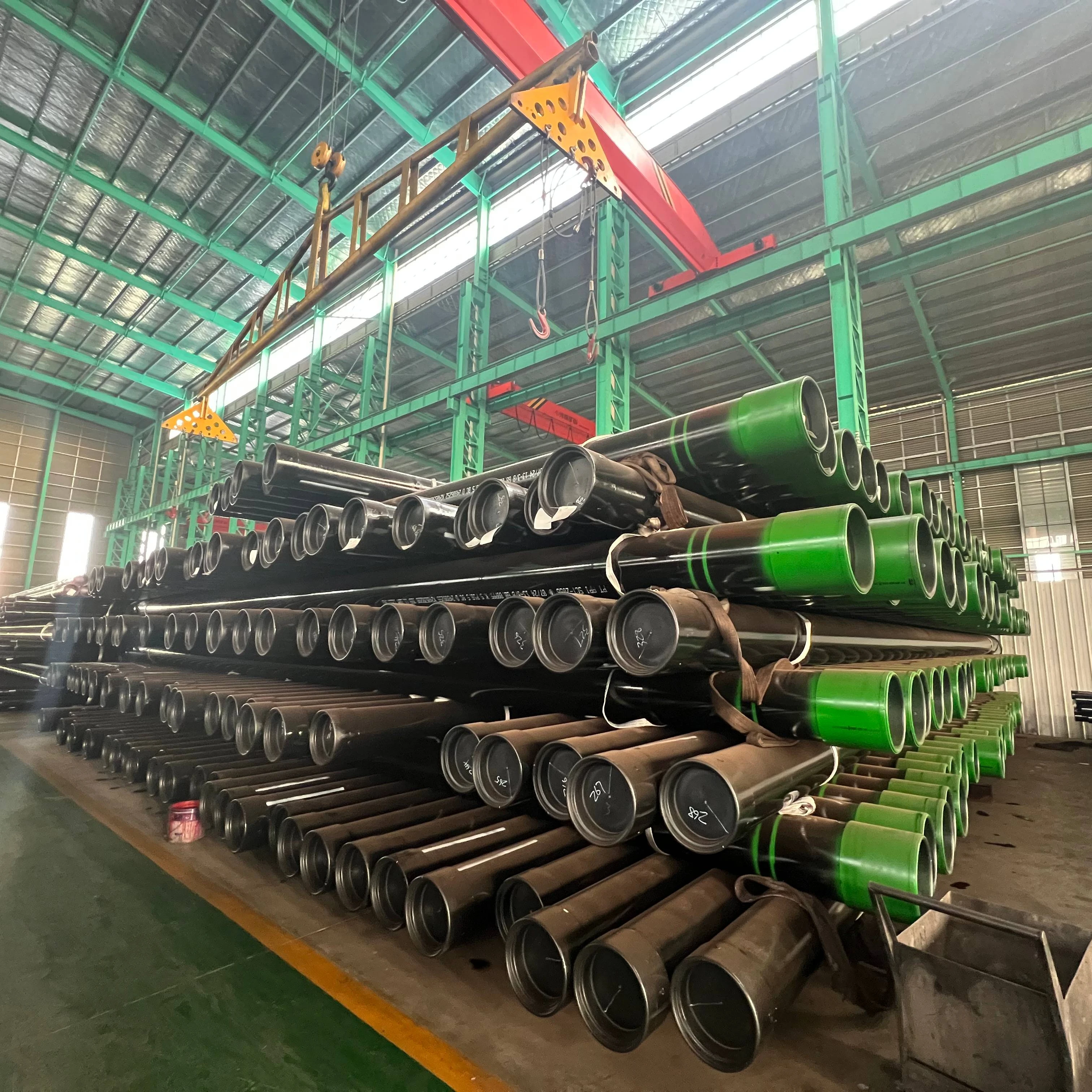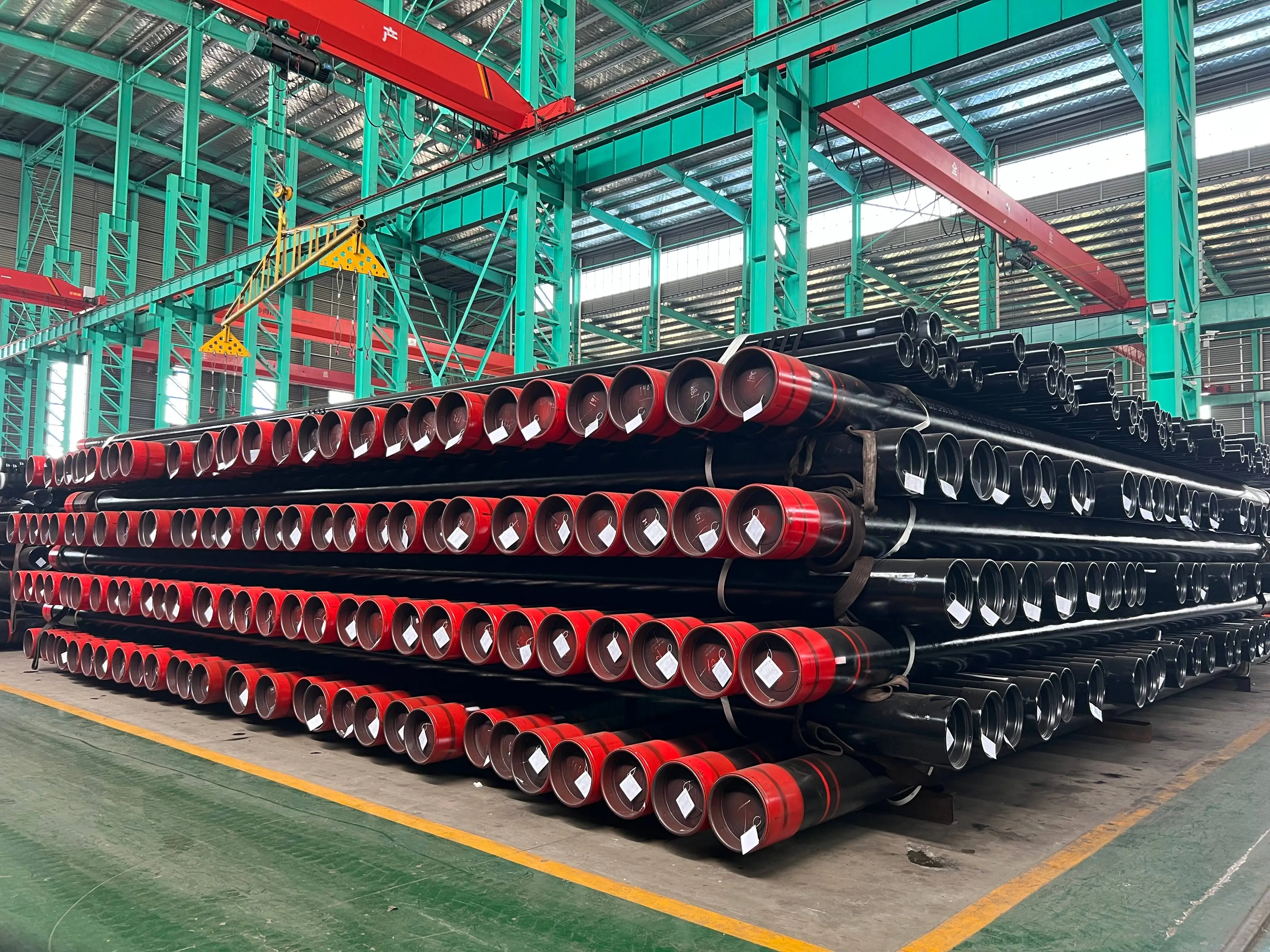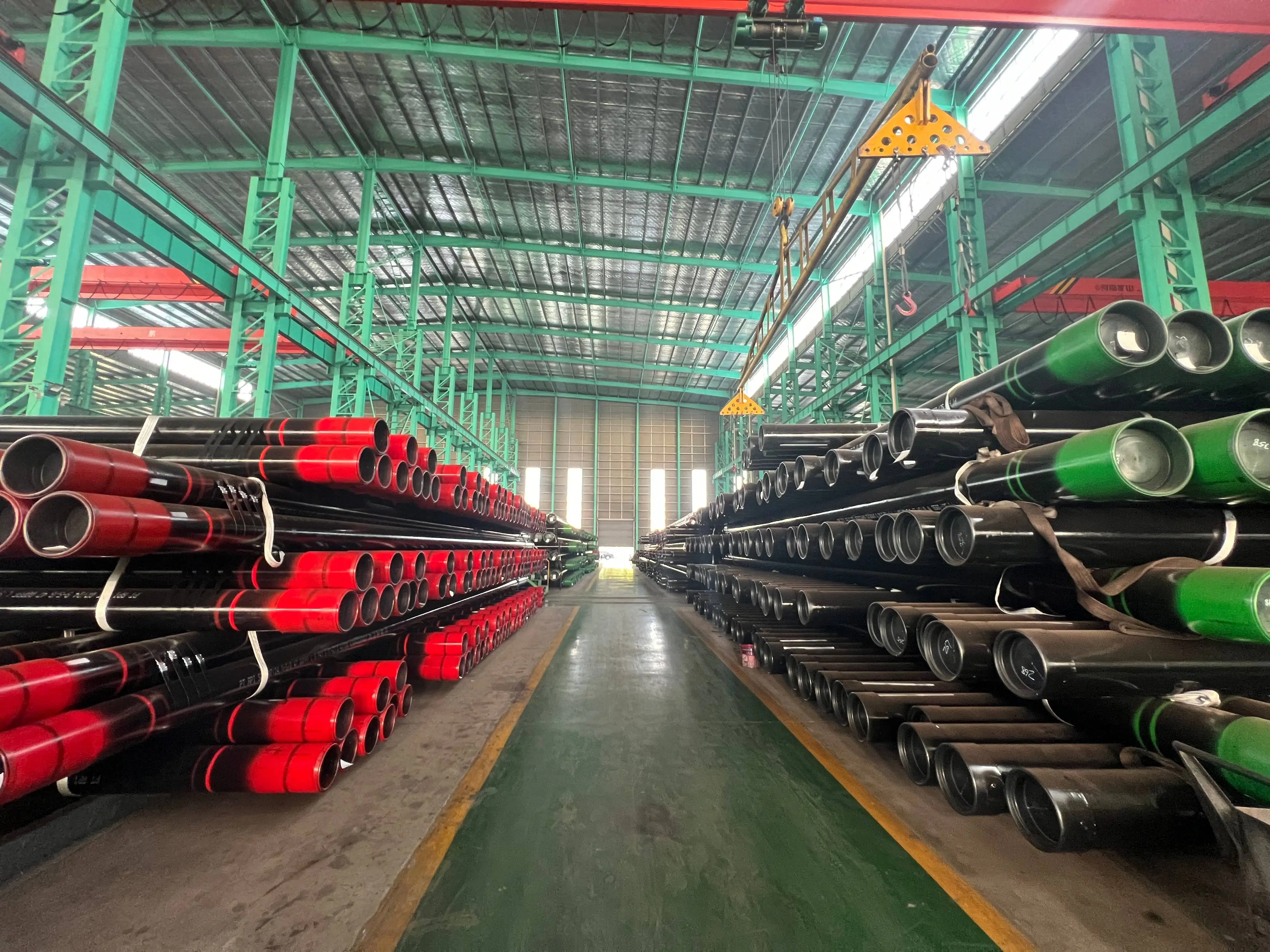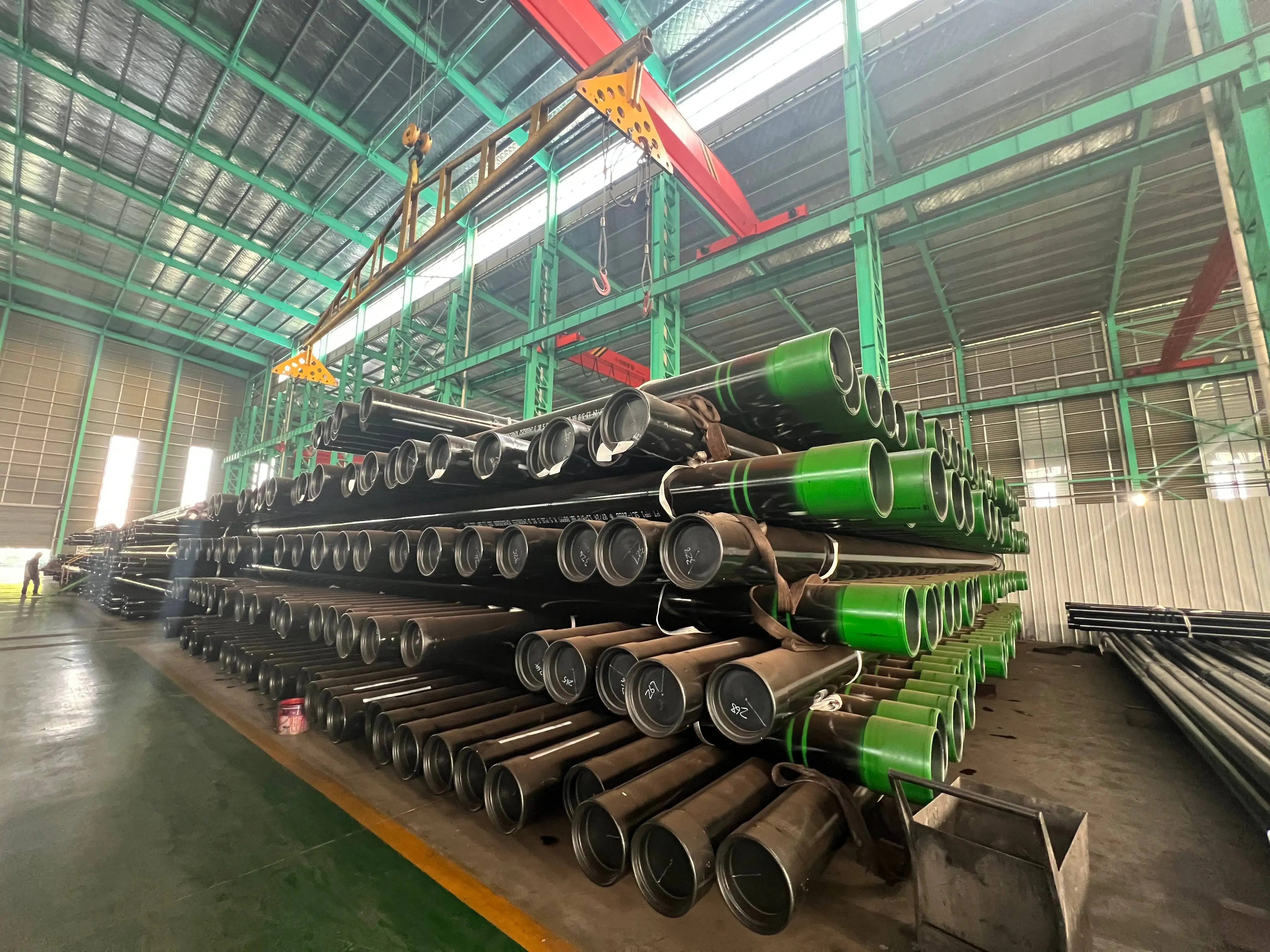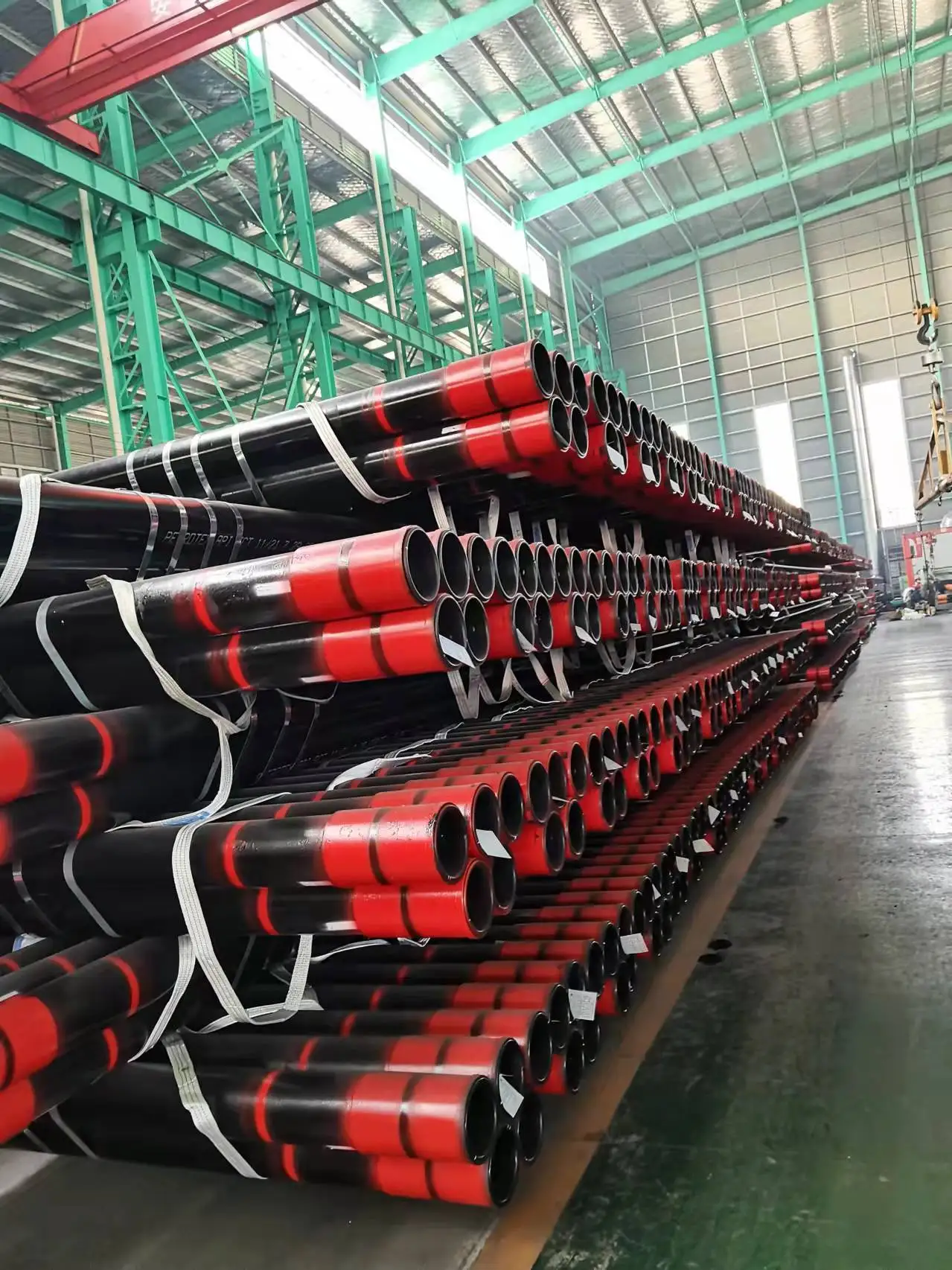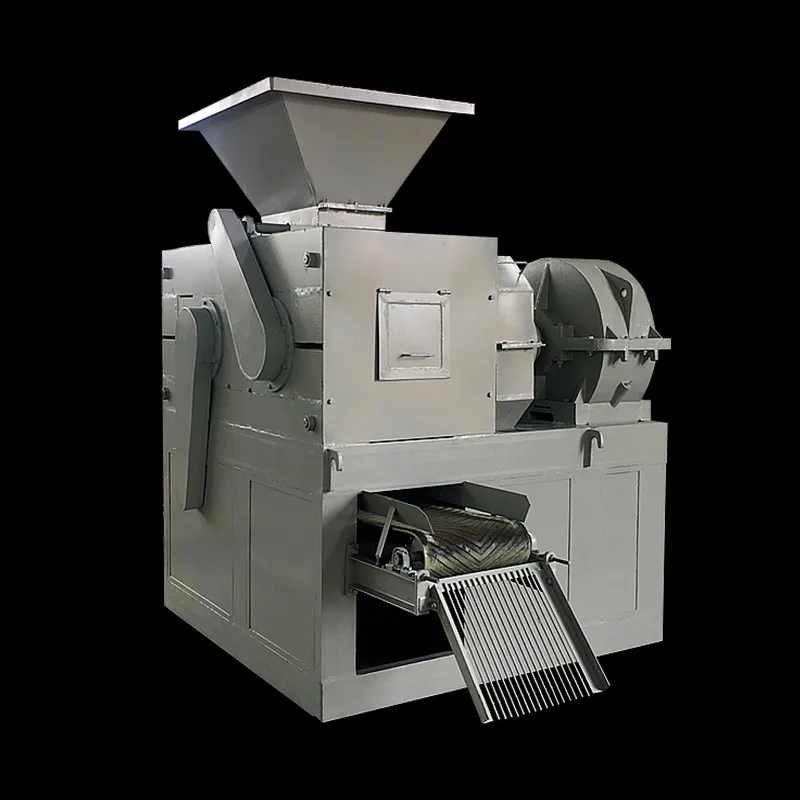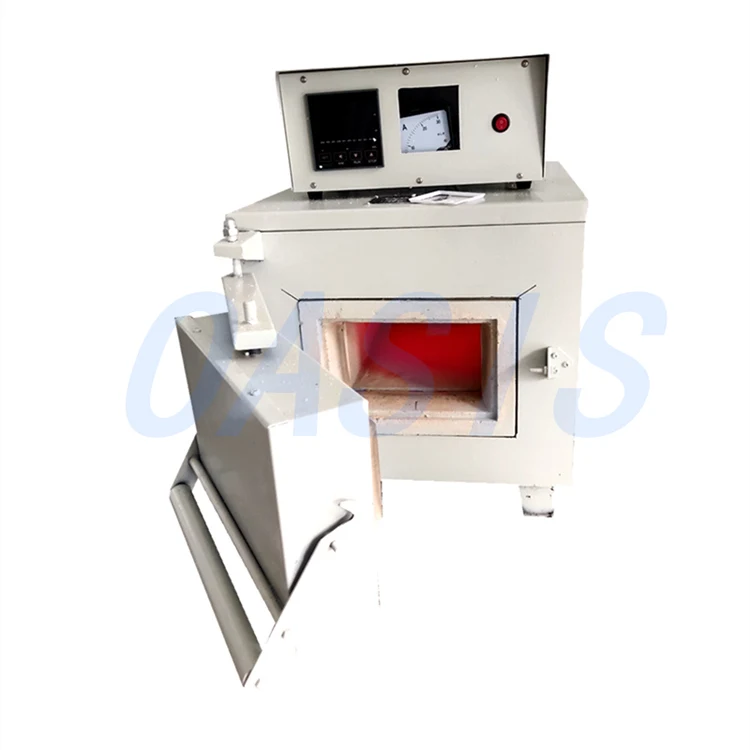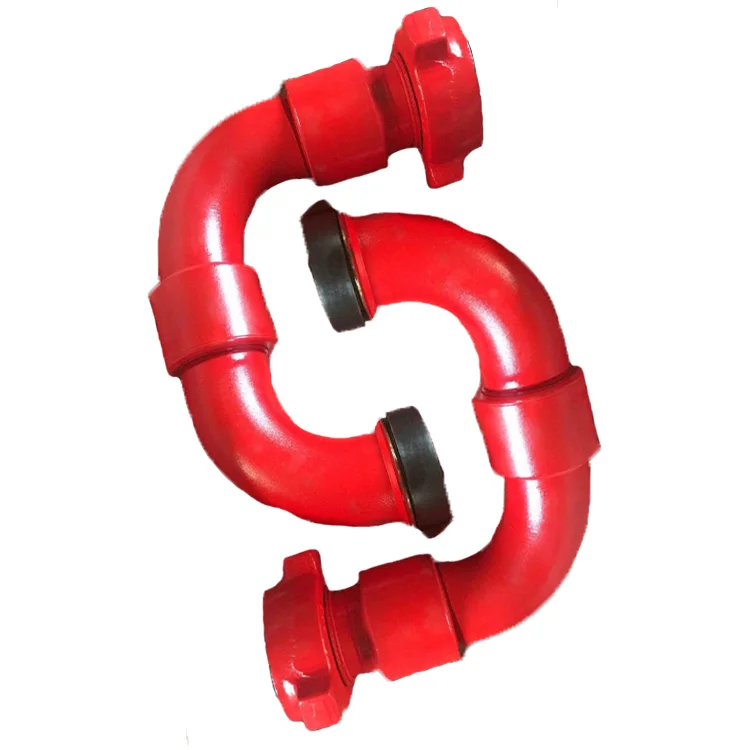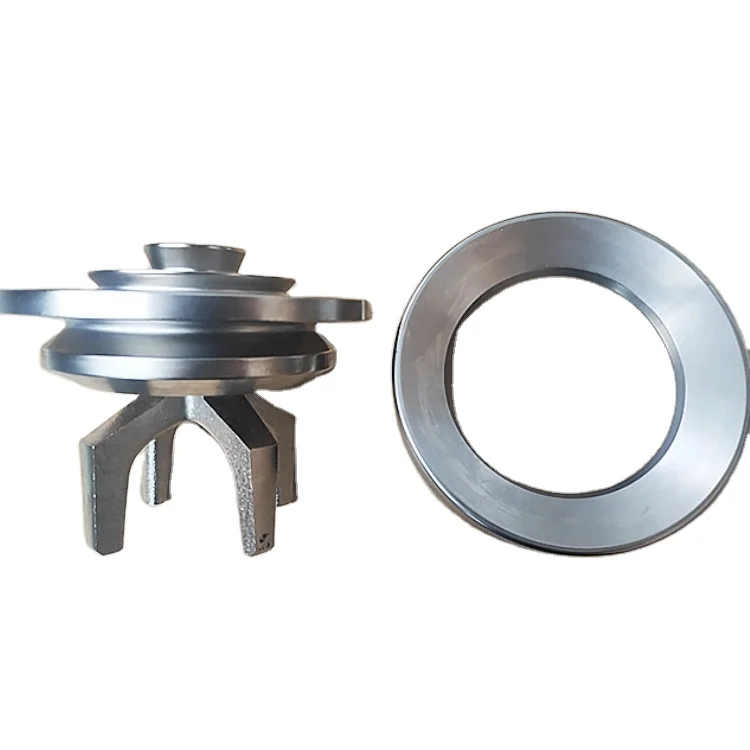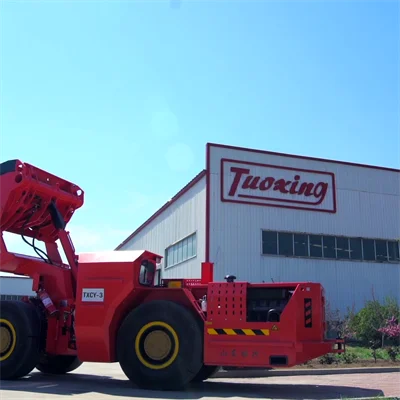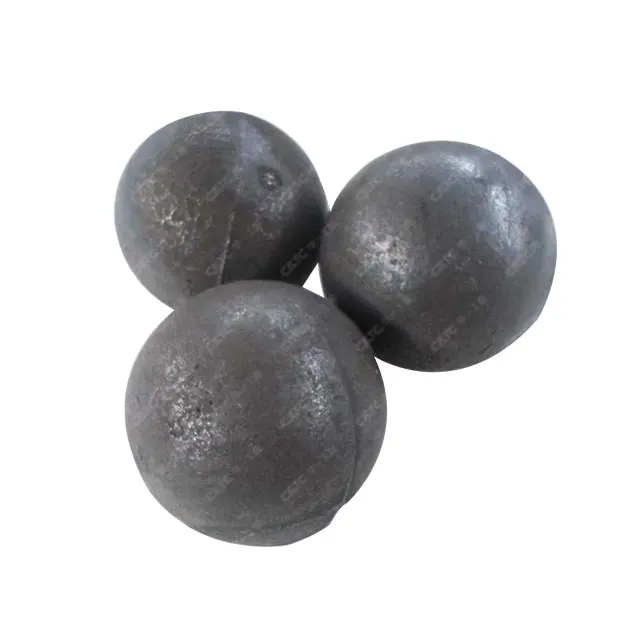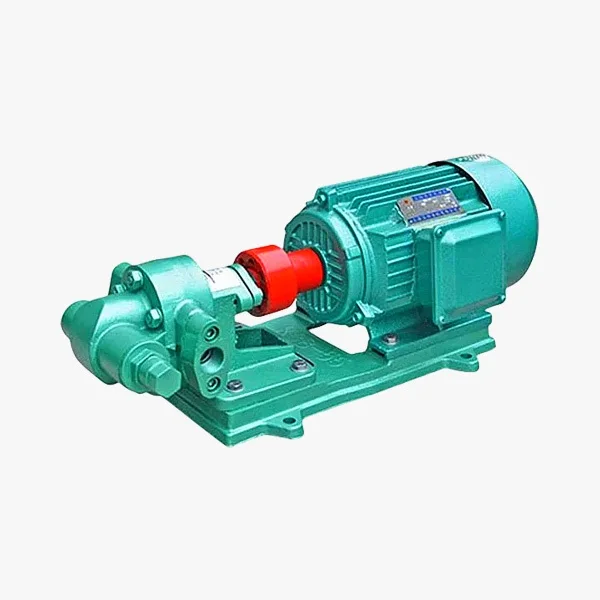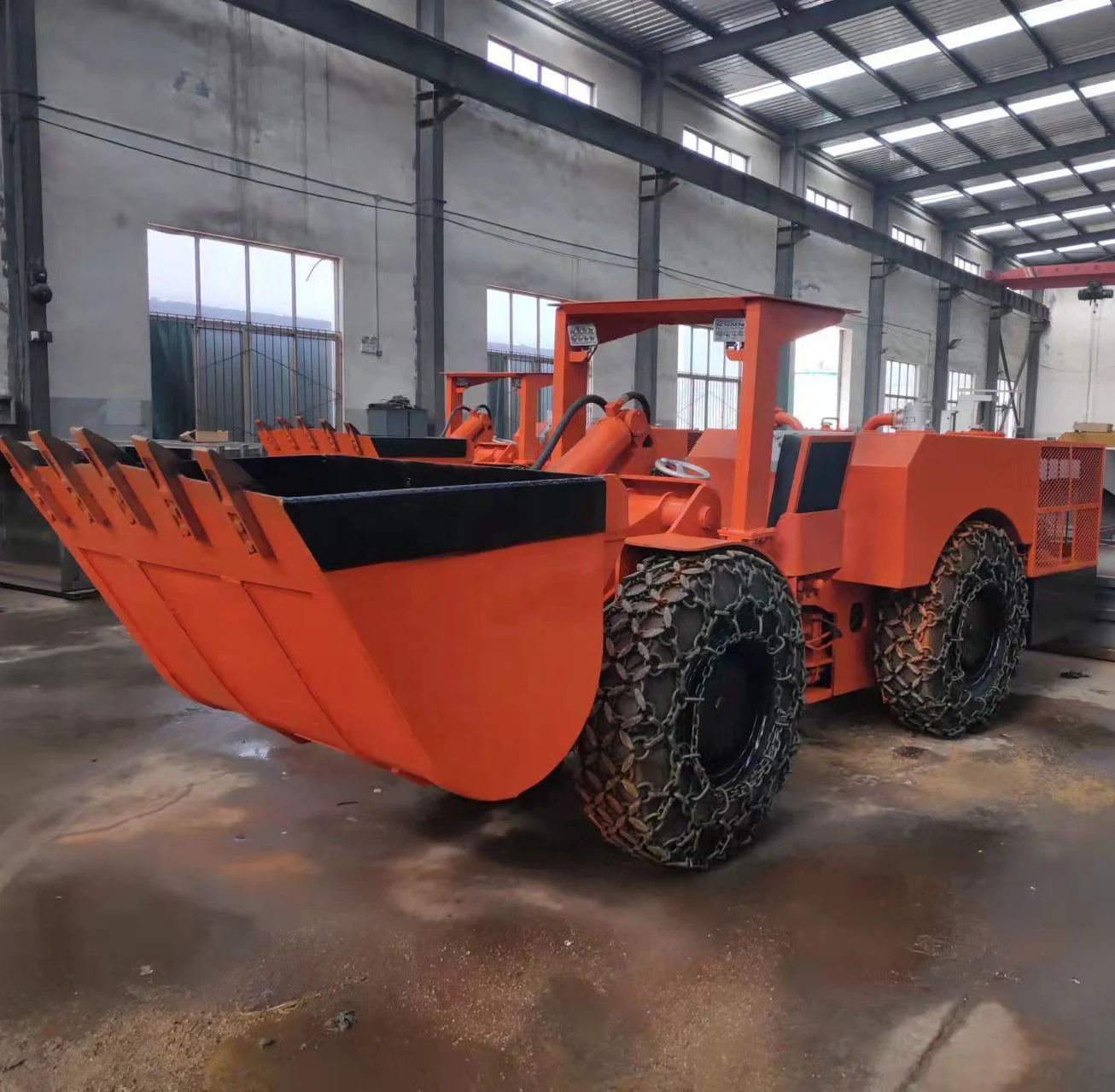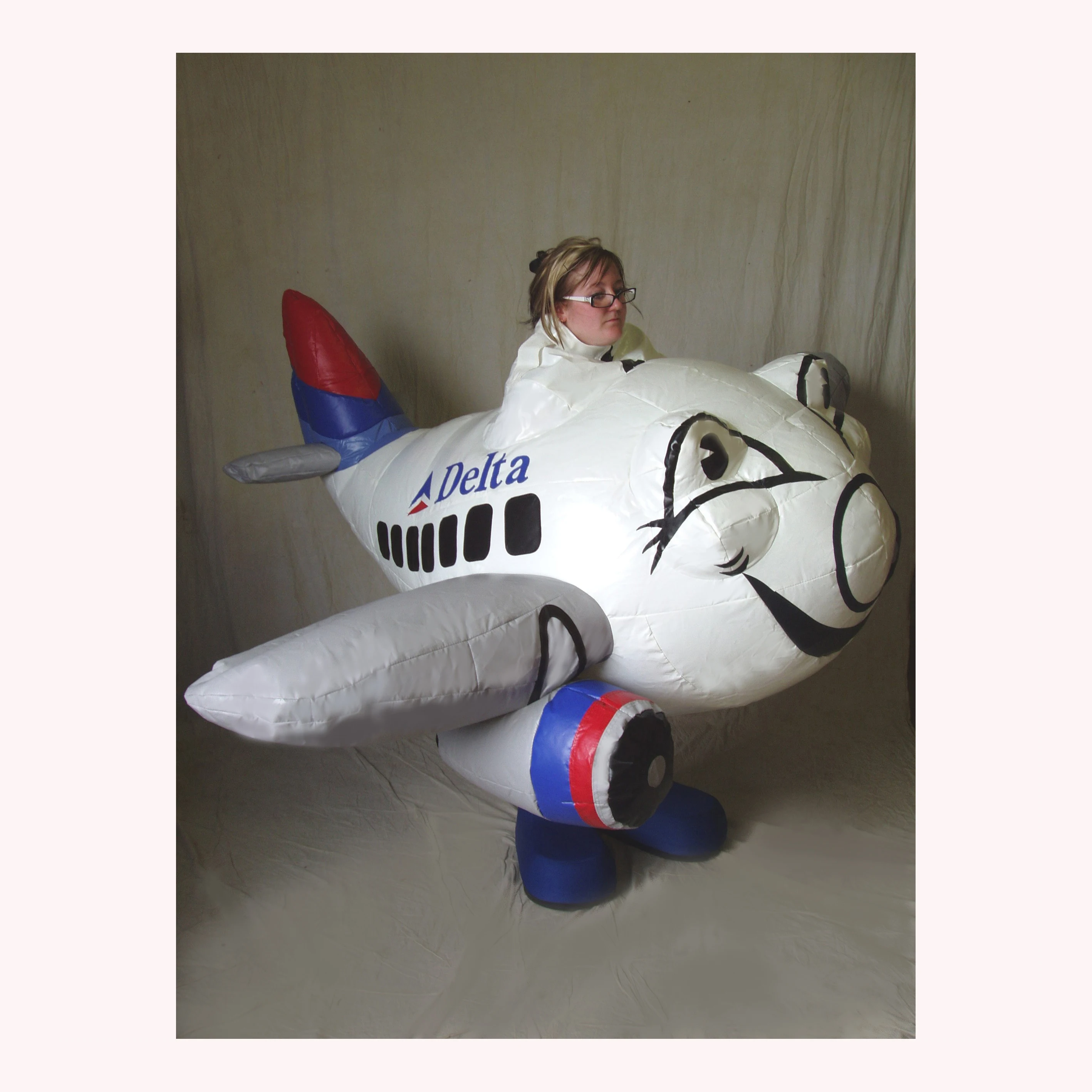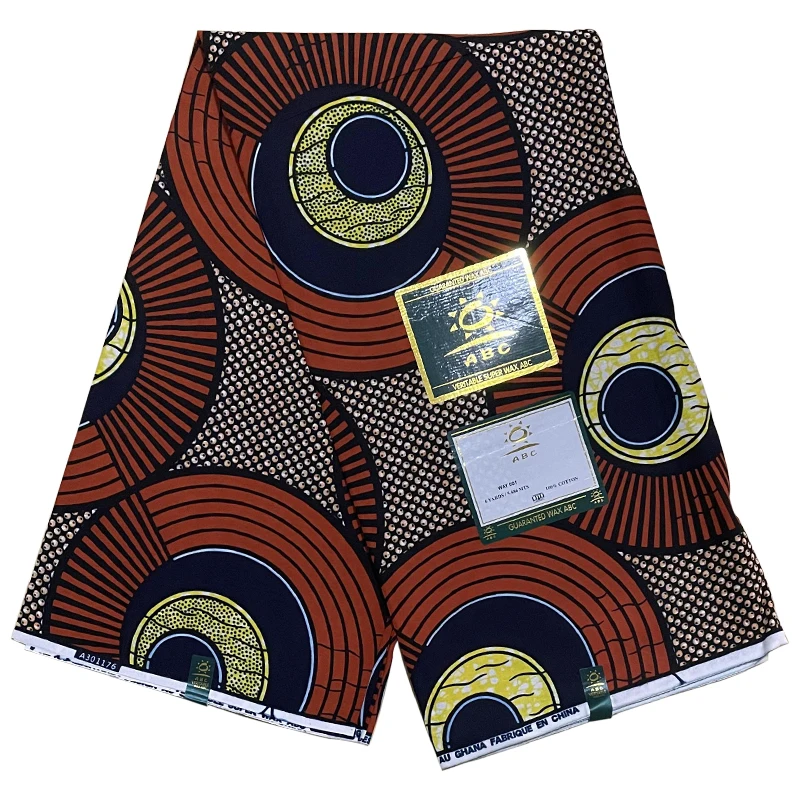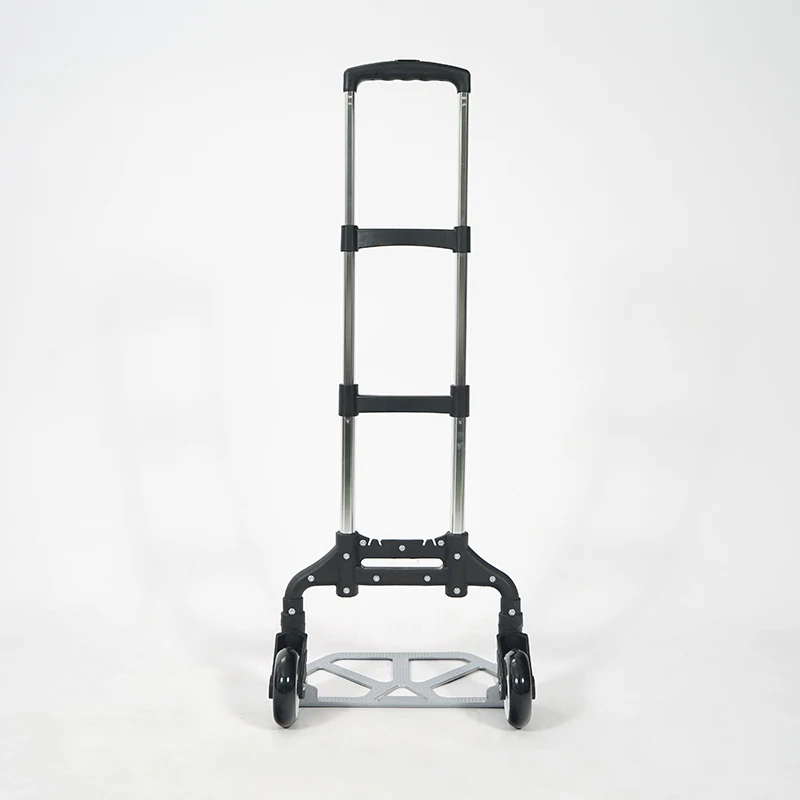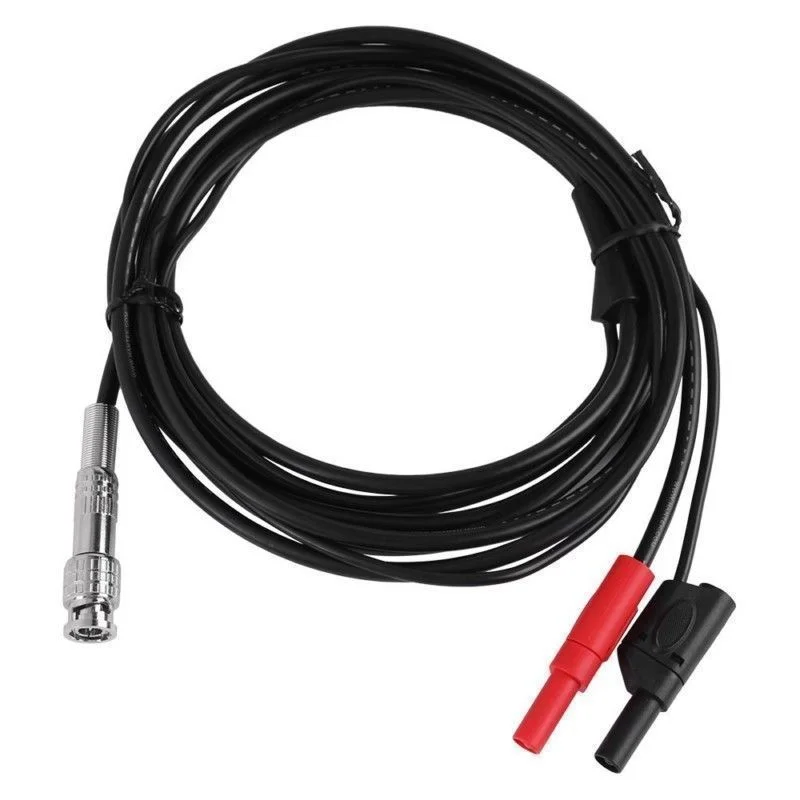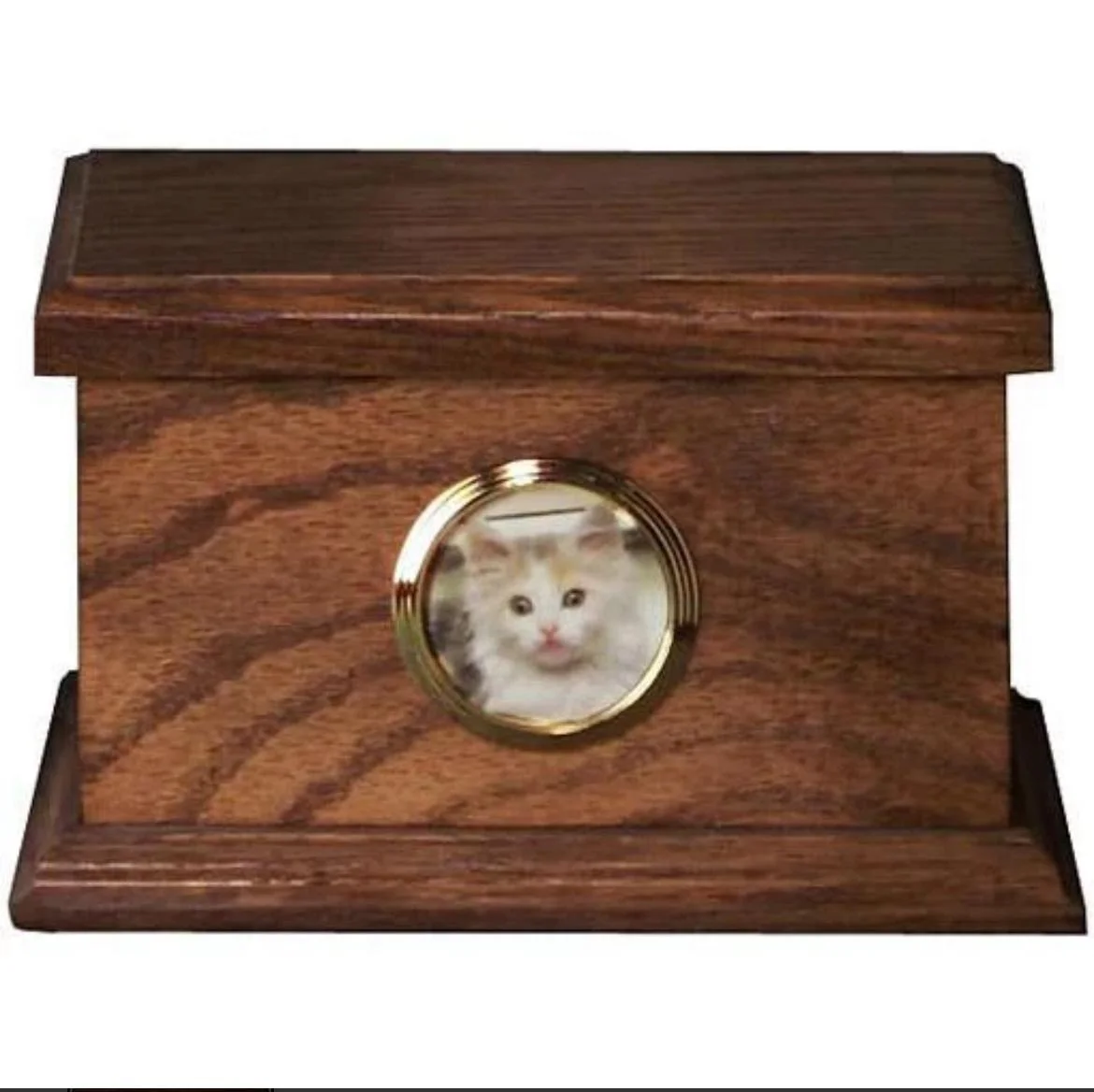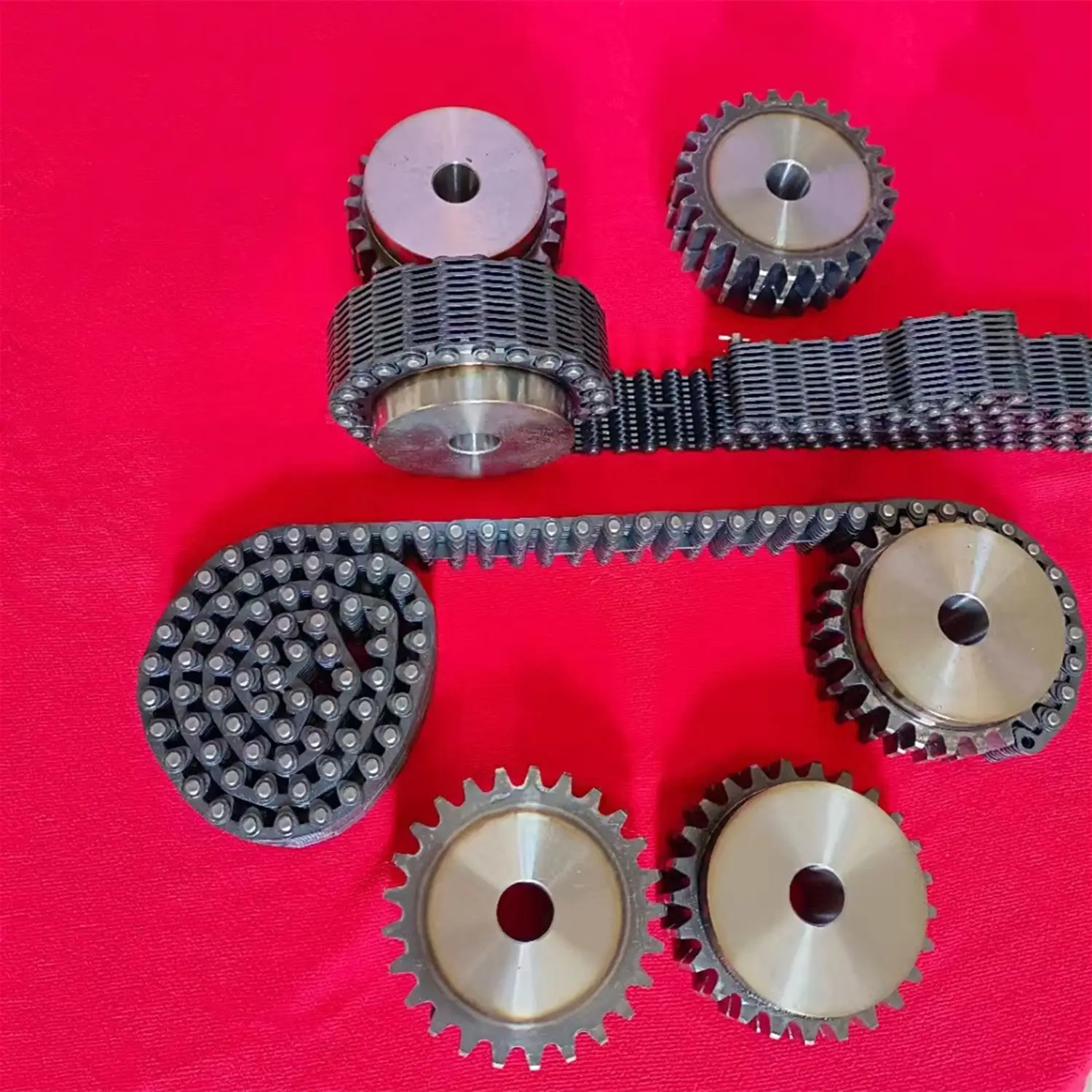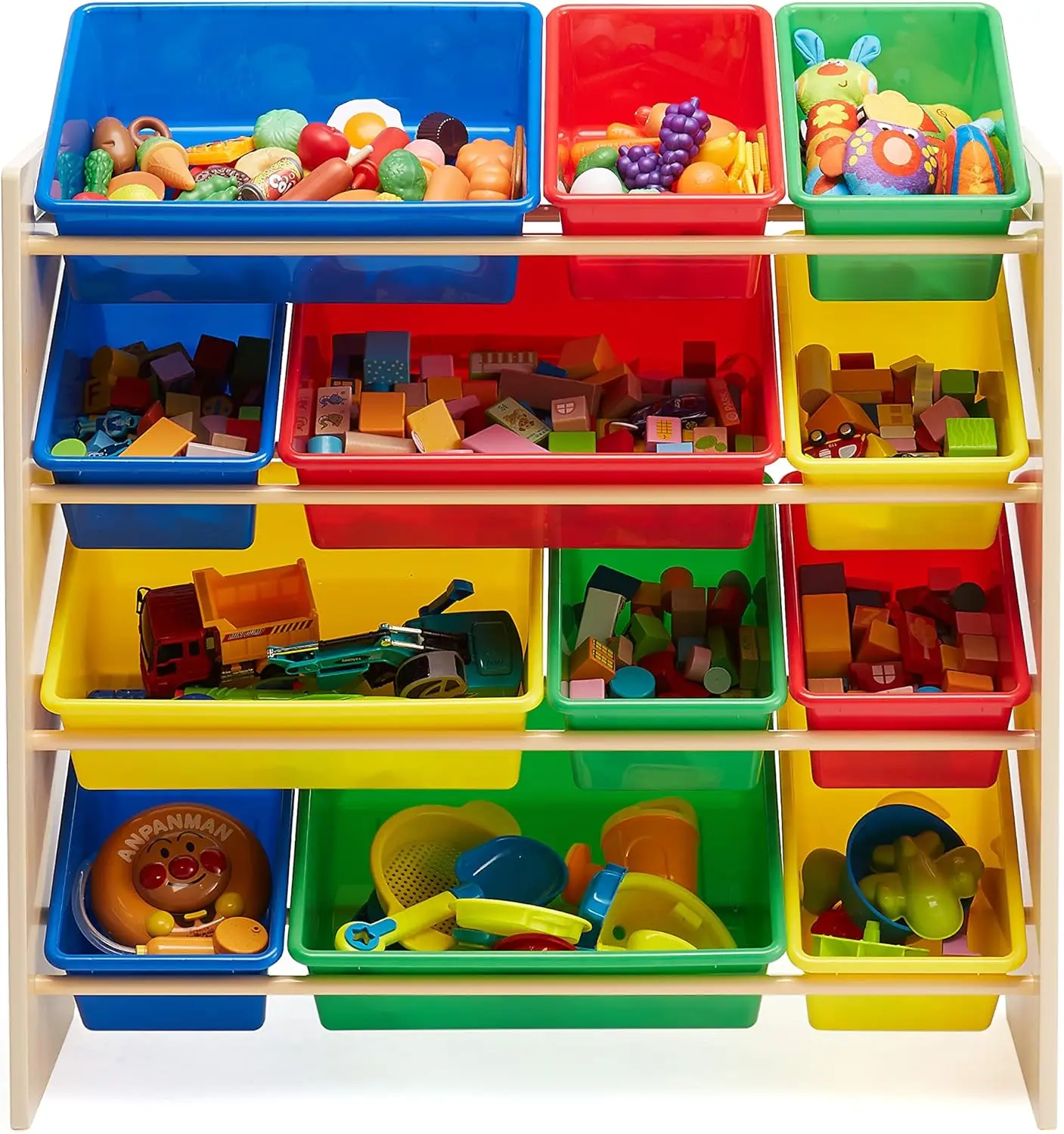Высокое качество трубы для бурения скважин воды Китай завод
- Категория: >>>
- Поставщик: Henan Dongfanglong Machine Manufacture Co. Ltd.Henan Ltd.
Сохранить в закладки 1601359540316:
Описание и отзывы
Характеристики
Tubing
Tubing is the normal flow conduit used to transport produced fluids to the surface or fluids to the formation. Its use in wells is normally considered a good operating practice.
Purpose of tubing
The use of tubing permits better well control because circulating fluids can kill the well; thus, workovers are simplified and
their results enhanced. Flow efficiency typically is improved with the use of tubing. Furthermore, tubing is required for most artificial lift installations. Tubing with the use of a packer allows isolation of the casing from well fluids and deters
corrosion damage of the casing. Multicompletions require tubing to permit individual zone production and operation. Governmental rules and regulations often require tubing in every well. Permission may be obtained for omission of tubing in special cases(tubingless completions). These special completions typically are flowing wells with relatively small casing. Tubing strings are generally in outside diameter (OD) sizes of 2 3/8 to 4 1/2 in. but may be as large as 20 in. or as small as 1.050 in.
The proper selection, design, and installation of tubing string are critical parts of any well completion. Tubing strings must be sized correctly to enable the fluids to flow efficiently or to permit installation of effective artificial lift equipment. A
tubing string that is too small causes large friction losses and limits production. It also may severely restrict the type and
size of artificial lift equipment. A tubing string that is too large may cause heading and unstable flow, which results in loading up of the well and can complicate workovers. The planned tubing must easily fit inside the installed casing. When selecting the material, the following must be considered:
* Environmental conditions
* Projected corrosivity of the well fluids
* Minimum and maximum pressures and temperature
* Safety aspects
* Cost-effectiveness
The tubing must be designed to meet all stresses and conditions that occur during routine operation of the well and should have an adequate margin for unusual load conditions. It must withstand the stresses caused by tension, burst, and collapse, and it must resist the corrosive action of well fluids throughout the well life. In addition, the tubing must be handled and installed so that the tubing produces the well without failure or without causing undue operating problems.
Types of tubing
The American Petroleum Institute (API) developed Specifications, Recommended Practices, and Bulletins for steel tubing that meet the major needs of the oil and gas industry.[1][2][3][4][5][6][7][8][9][10][11][12][13] API documents are reviewed and updated every 5 years. This effort continues, and many of these documents (with modifications) have become International Organization for Standardization (ISO) documents. Currently, API and ISO are the international standards for products intended for worldwide use in the petroleum and natural gas industry. API tubing sizes range from ODs of 1.050 to 4.500 in. For high-rate wells, tubing larger than 4½ in. may be beneficial. API and ISO specifications contain provisions when casing is used as tubing.
In addition to API steel tubing, there are hostile well conditions that may be better served by other materials. There are
proprietary steel grades that do not conform to all aspects of the API specifications but are used in the petroleum-producing industry for:
* Resistance to weight-loss corrosion
* Higher strengths
* Less susceptibility to sulfide stress corrosion cracking (SSC)
* Wear resistance
Corrosion-resistant alloy (CRA) is a special material that is sometimes used in hostile environments. These special materials are usually expensive but may prove worthwhile over the life of the well; however, CRA tubing does not always eliminate corrosion and may be incompatible with some completion fluids. See ISO 13680 for information on CRA seamless tubes.Thermoplastic (fiberglass) tubing has been used successfully in corrosive wells. Most thermoplastic tubing has good tension properties and burst resistance, but has relatively small collapse-pressure resistance and poorer wear resistance properties than steel tubing. If temperatures exceed 150°F, a derating service factor may be required. Other metals and materials have been used as tubing but rarely are used in current oil and gas completions either because of their cost or because of limited applicability.



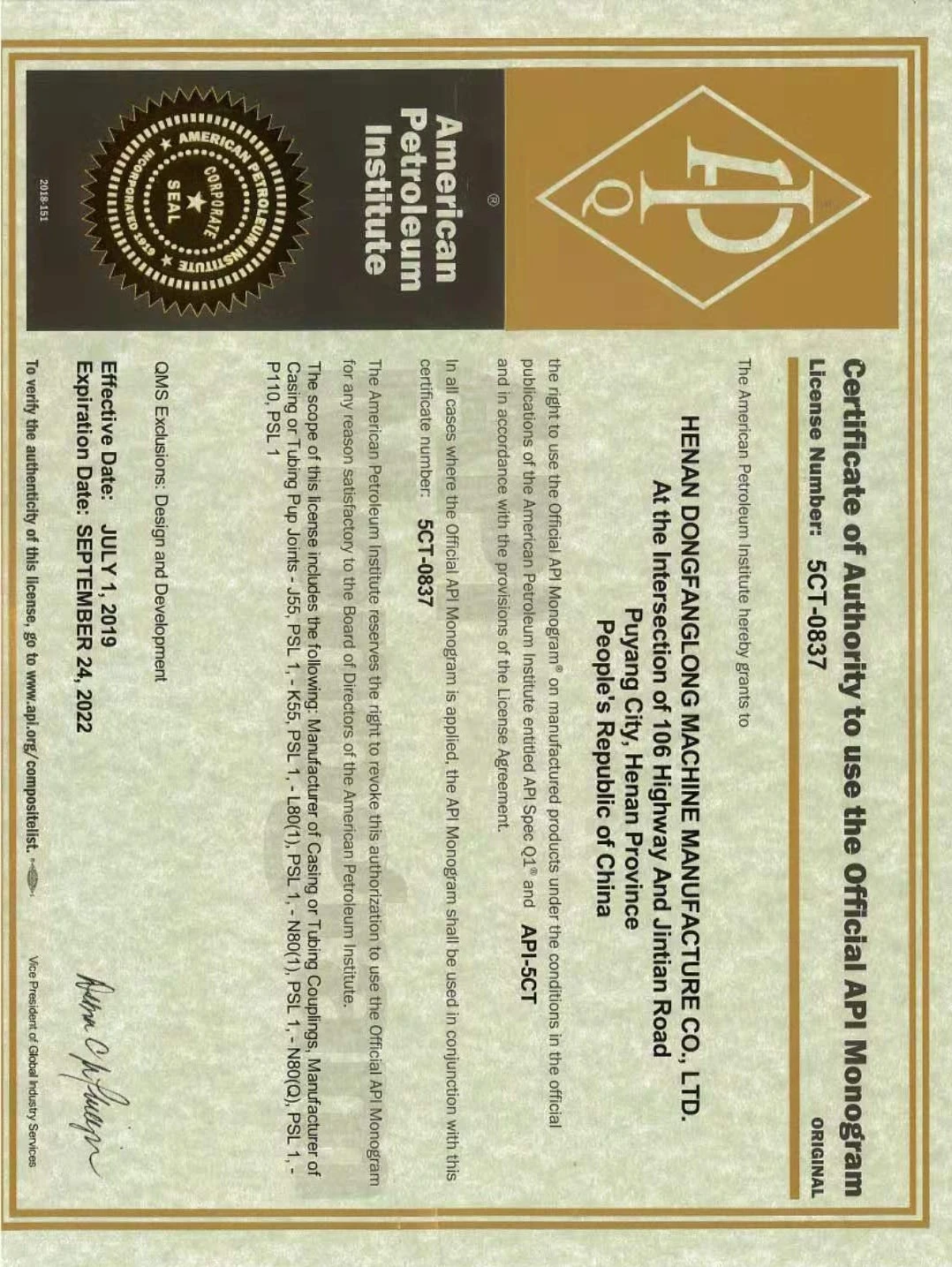

Machine Parts
Name: Oilfield Tubing Pipe
Brand: Eastlong
Original: Henan, China
Pre-Sales Service
* Inquiry and consulting support.
* Sample testing support.
* View our Factory.
After-Sales Service
* Training how to instal the machine, training how to use the machine.
* Engineers available to service machinery overseas.
Packaging | ||
Size | According to product size | |
Weight | According to product size | |
Packaging Details | The normal package is bundled and iron frame (Size: L*W*H). We will use pe film for packing or pack it according to customers special request. | |
Products Name with link
91.8% Response Rate
Products Name with link
91.8% Response Rate
Products Name with link
91.8% Response Rate
Похожие товары
Муфельная печь для депарафинизации высокотемпературная термообработка 1200 градусов
API 16C Chiksan поворотный шарнирный соединитель высокого давления на 360 градусов для бурения нефтяных месторождений
Концевой клапан для гидроразрыва
Shandong Tuoxing 2cbm подземный погрузчик Lhd транспортные средства с Ce Mining Scooptram
1500x3000 900x1800 стальной шарик для шаровой мельницы
KCB/2CY Тип шестеренчатый масляный насос/шестеренный насос смазки
Подземная горная машина подземный дизельный электромобиль для продажи
Новые поступления
Новинки товаров от производителей по оптовым ценам
